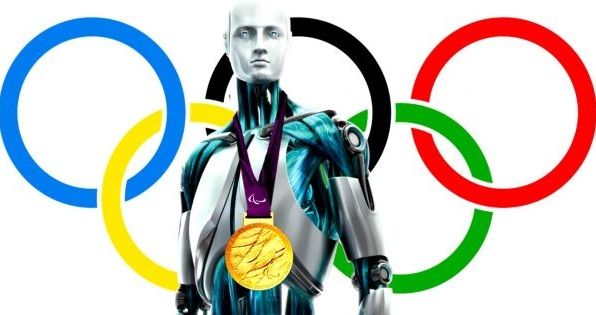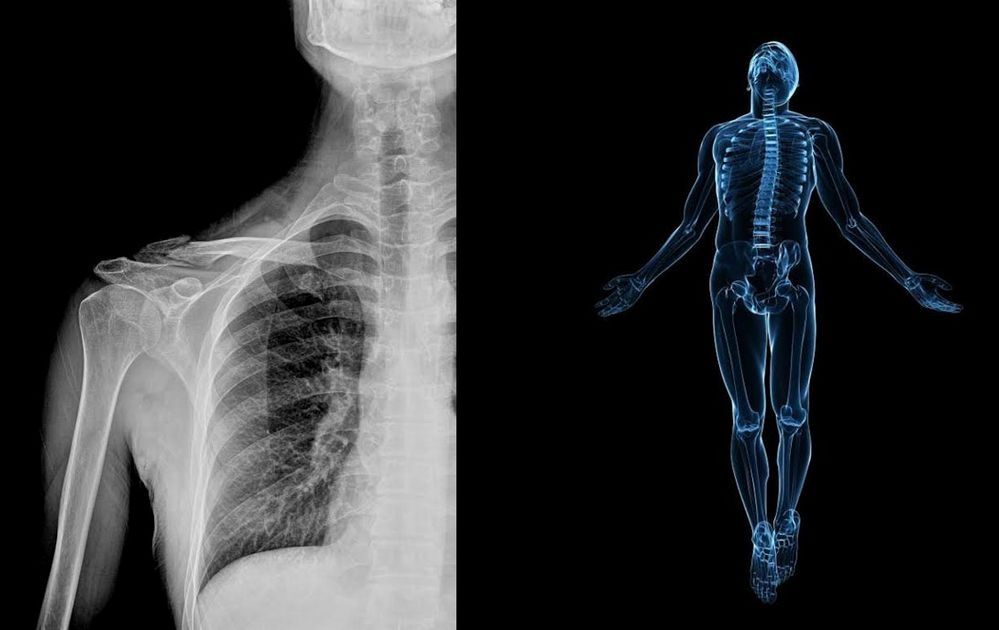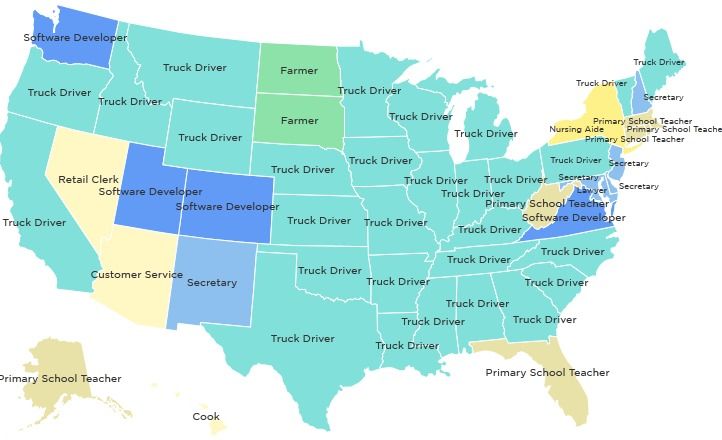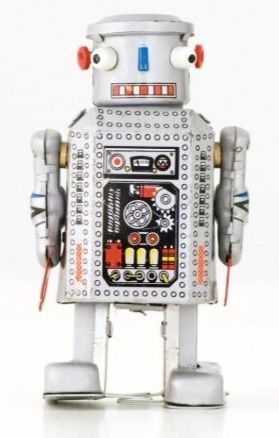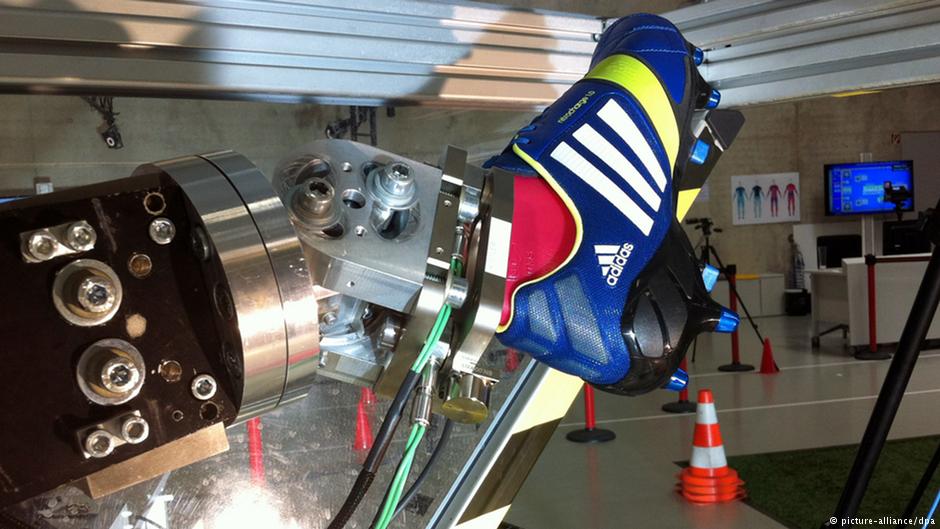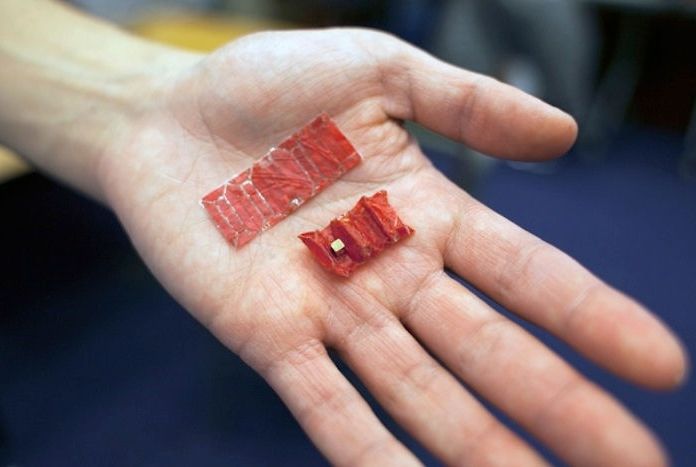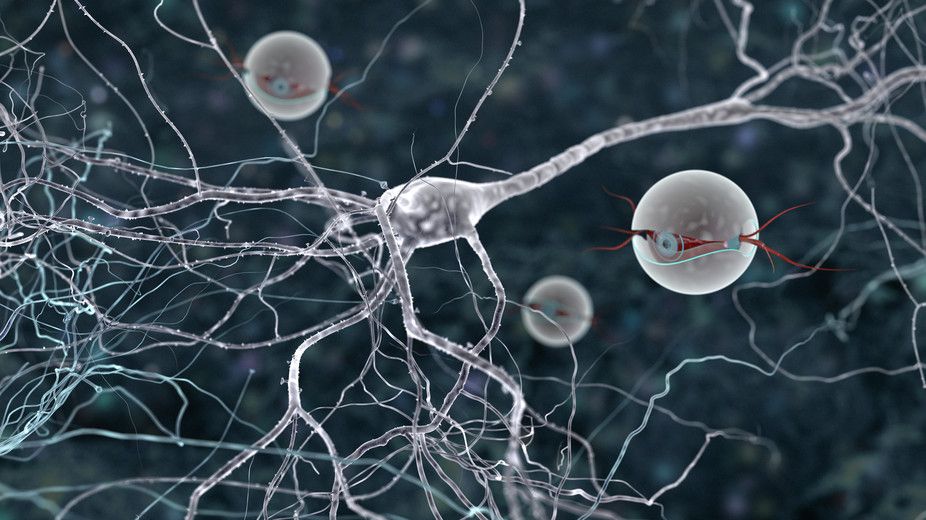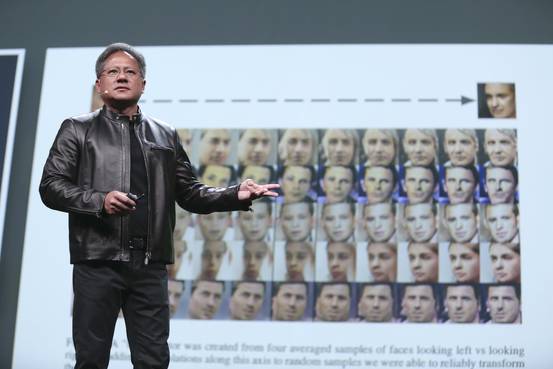Fujitsu is building a robot that uses 3D laser sensors to detect motion without the need for athletes to wear any special suits. The robot will be ready for the Olympics in 2020 in Japan, and will precisely score gymnasts based on measurements taken by the sensors.
Japan is making sure the 2020 Olympics will be a technological festivity. They even may be spending a staggering $8.1 million for an artificial meteor shower.
In addition to the “fireworks,” Fujitsu, in partnership with the Japan Gymnastics Association, is developing the ultimate judge to end all biases in the Olympics: a robot programmed to precisely score gymnasts at the Olympics with absolute fairness by using 3D laser sensors capable of measuring 76,800 points of motion per frame up to 30 times per second.
